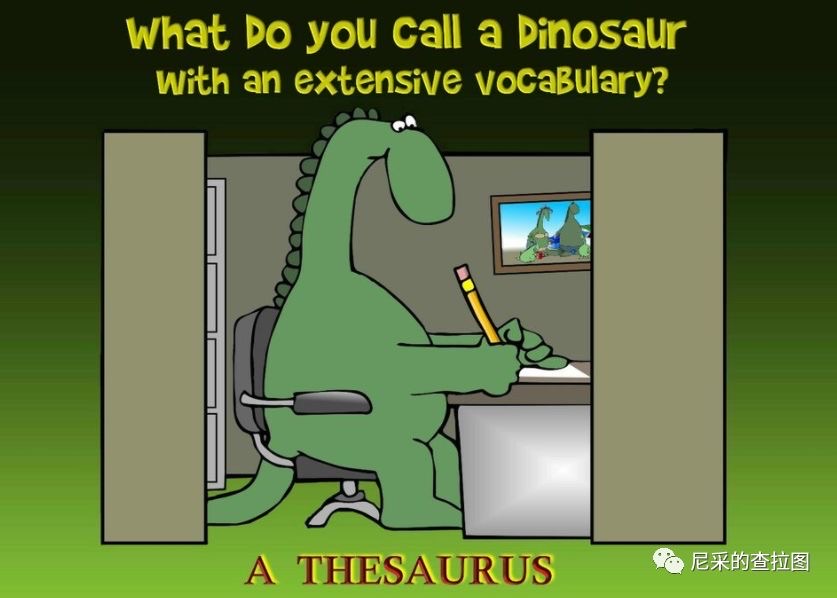1508 阅读 4 下载 2021-07-23 10:44:05 上传 2.95 MB
Background: Several different measures have been proposed to solve persistent validity problems, such as high task-sampling variability, in the assessment of students’ expertise in ‘doing science’. Such measures include working with a-priori progression models, using standardised item shells and rating manuals, augmenting the number of tasks per student and comparing different measurement methods.
Purpose: The impact of these measures on instrument validity is examined here under three different aspects: structural validity, generalisability and external validity.
Sample: Performance assessments were administered to 418 students (187 girls, ages 12–16) in grades 7, 8 and 9 in the 2 lowest school performance tracks in (lower) secondary school in the Swiss canton of Zurich.
Design and methods: Students worked with printed test sheets on which they were asked to report the outcomes of their investigations. In addition to the written protocols, direct observations and interviews were used as measurement methods. Evidence of the instruments’ validity was reported by using different reliability and generalisability coefficients and by comparing our results to those found in literature. Results: An a-priori progression model was successfully used to improve the instrument’s structural validity. The use of a standardised item shell and rating manual ensured reliable rating of the written
protocols (.79 ≤ p 0 ≤ .98; .56 ≤ κ ≤ .97). Augmenting the number of tasks
per student did not solve the challenge of reducing task-sampling variability. The observed performance differed from the performance assessed via the written protocols.
Conclusions: Students’ performance in doing science can be reliably assessed with instruments that show good generalisability coefficients ( ρ 2 = 0.72 in this case). Even after implementing the different measures, task-sampling variability remains high ð ^ ¼ 47:2% Þ . More elaσpt 2 borate studies that focus on the substantive aspect of validity must be conducted to understand why students’ expertise as shown in written protocols differs so markedly from their observed performance.














